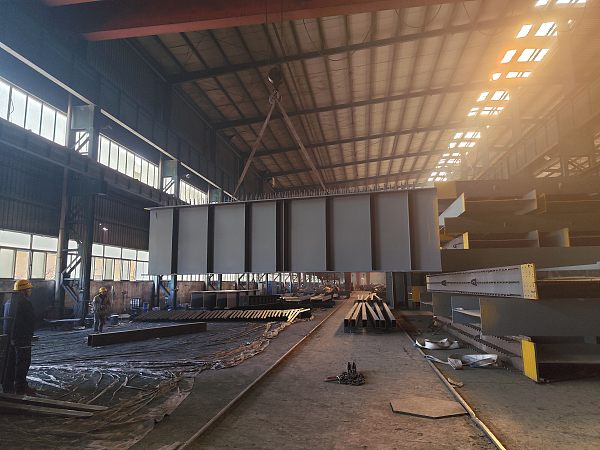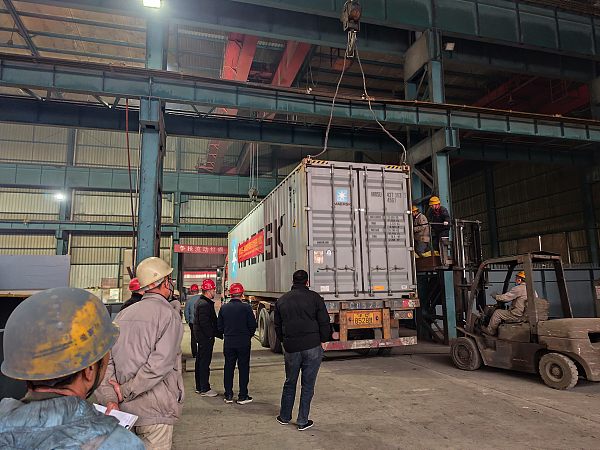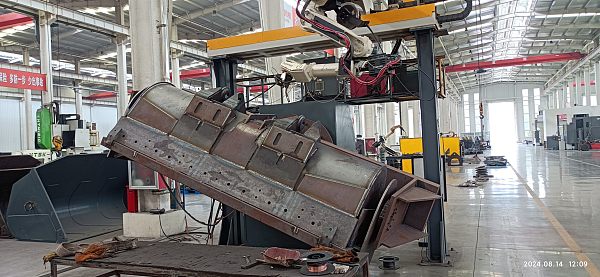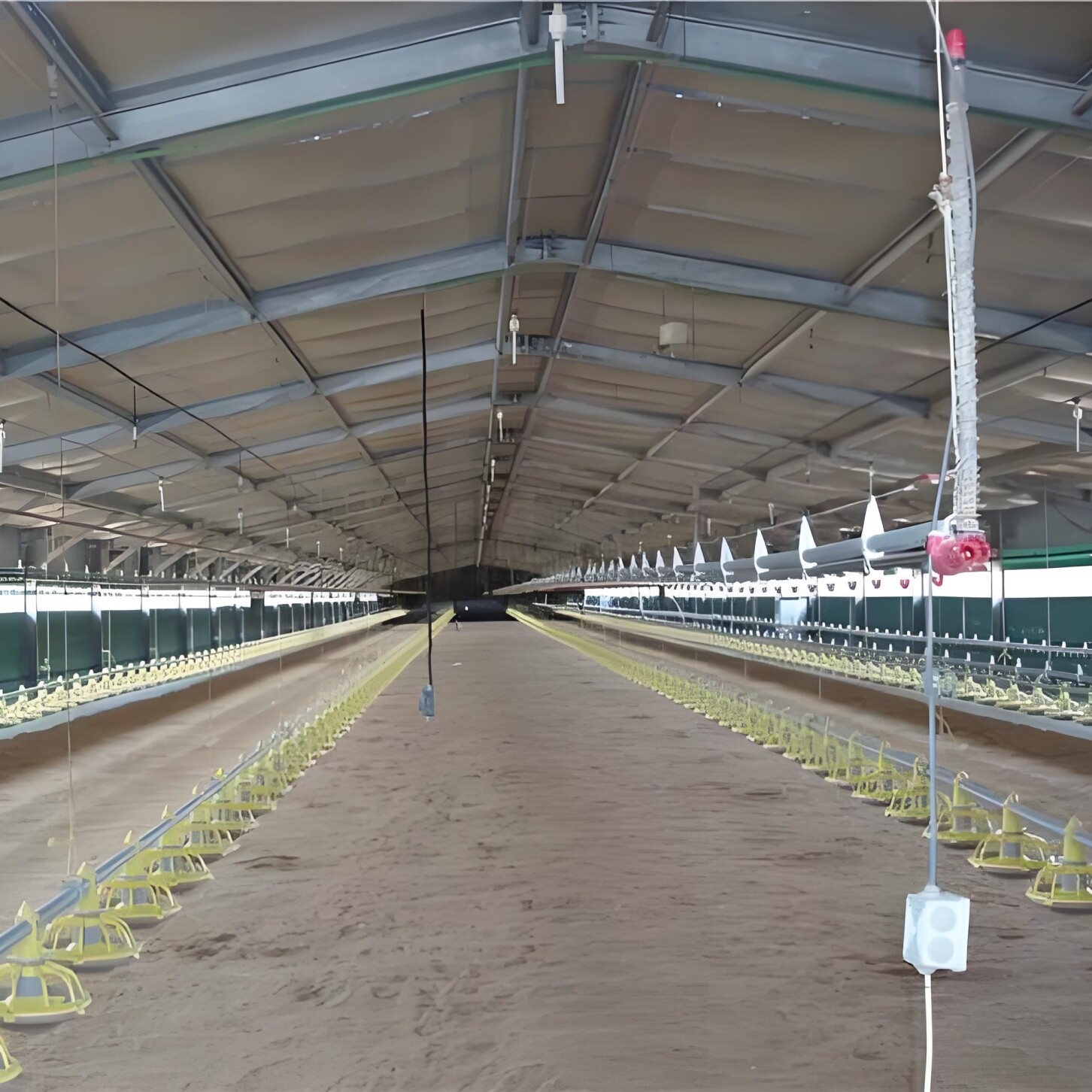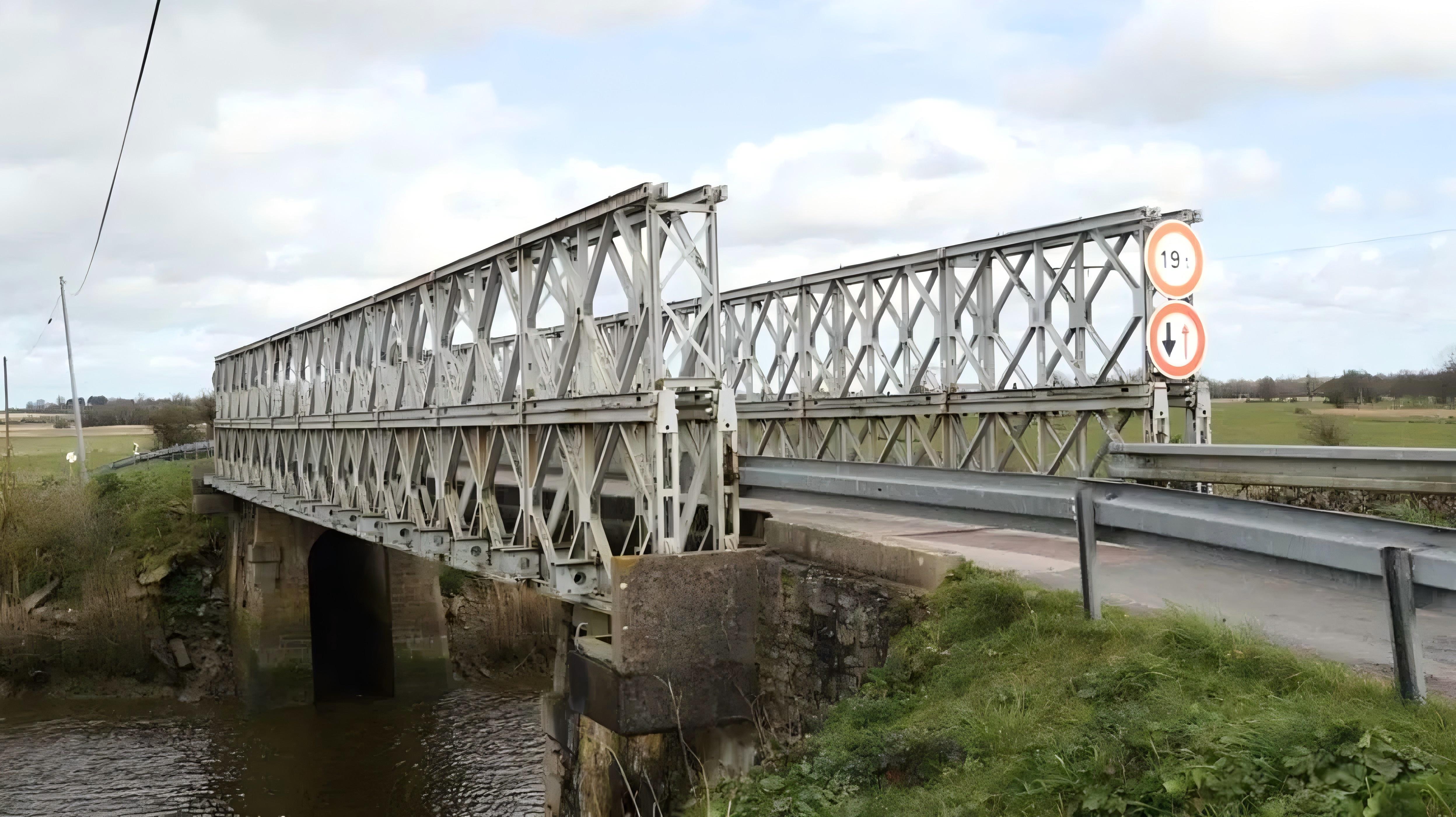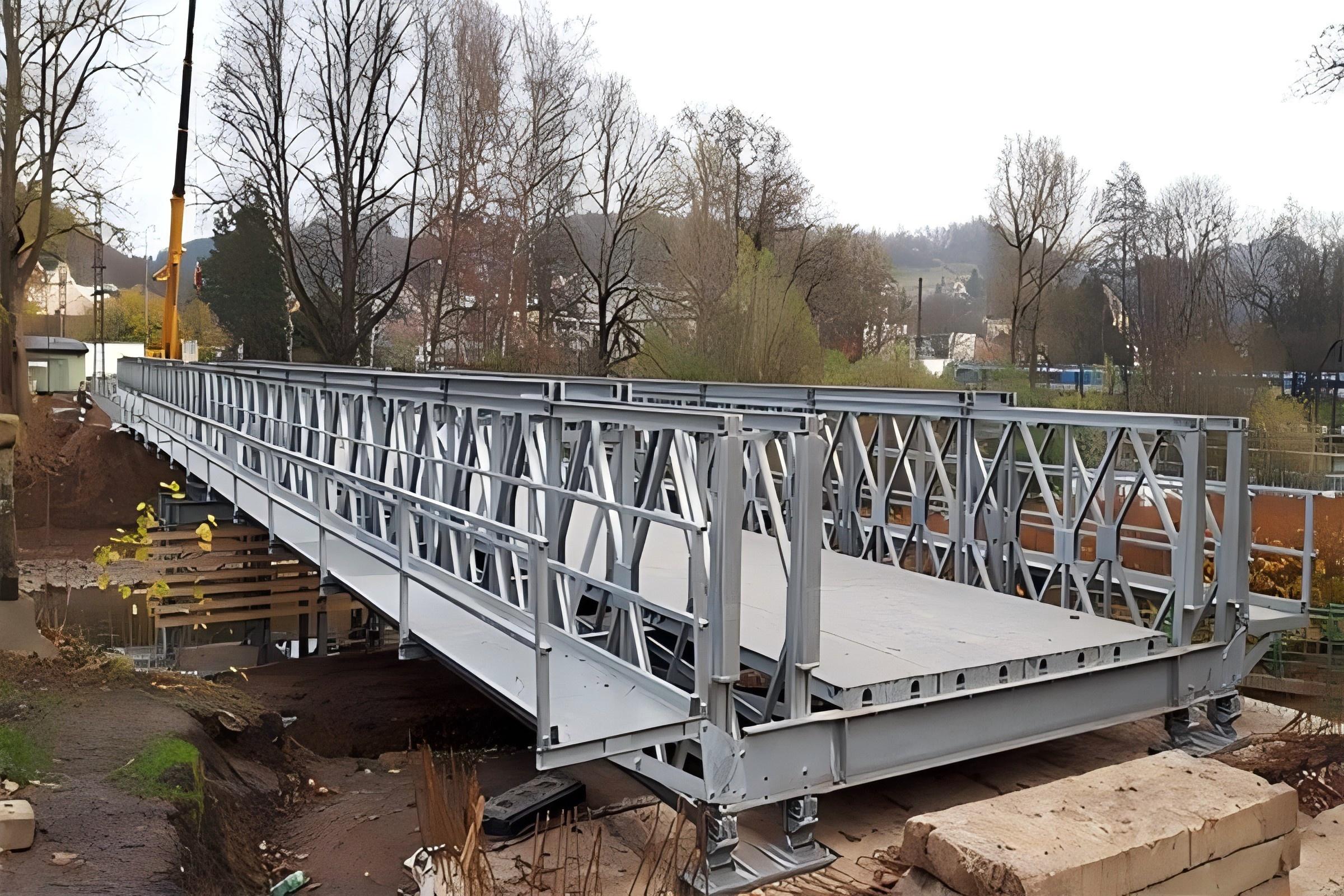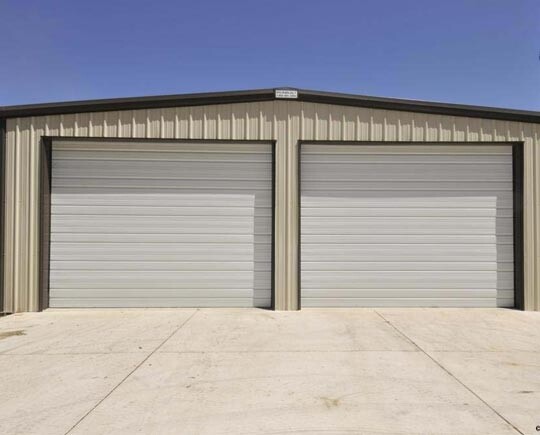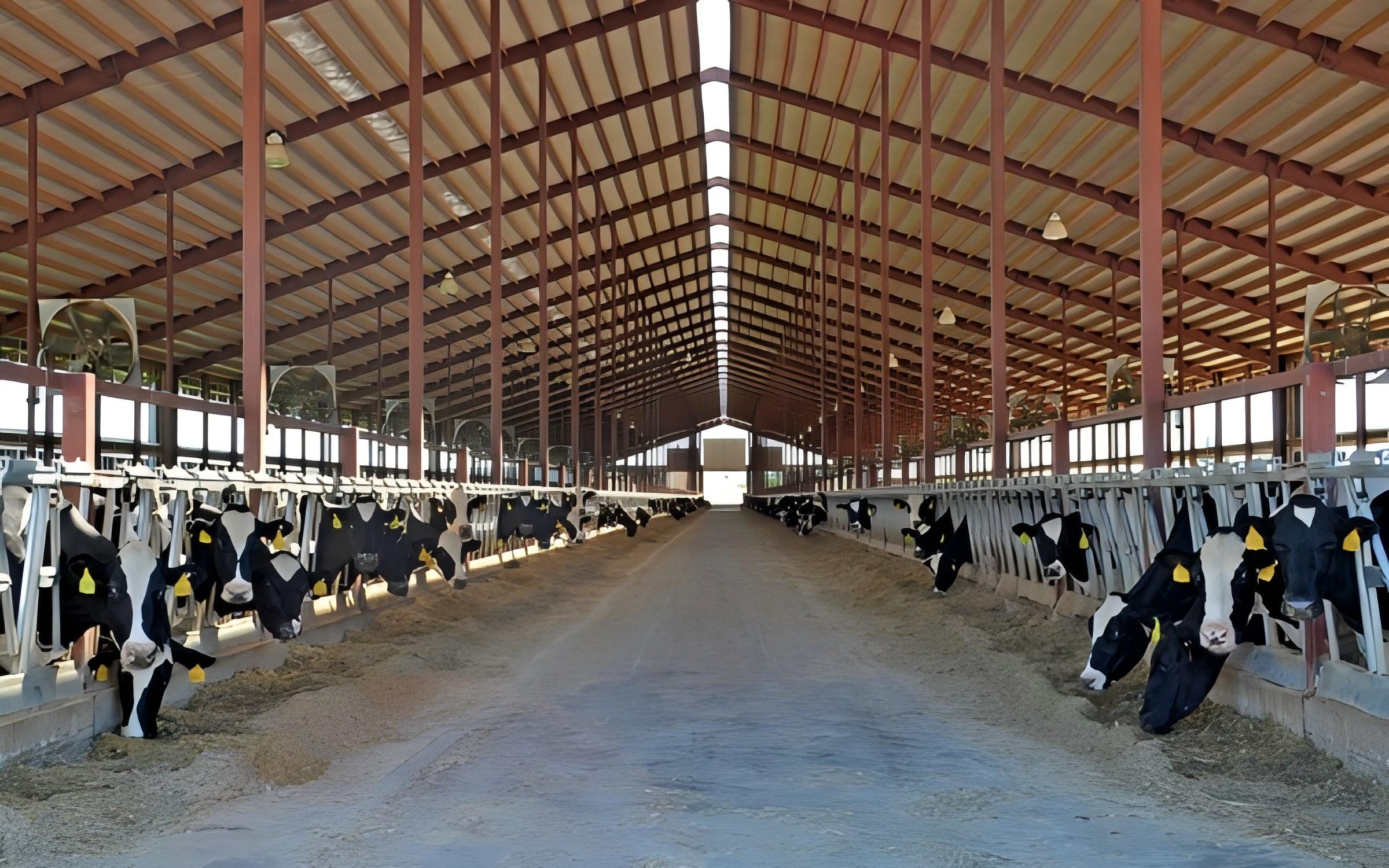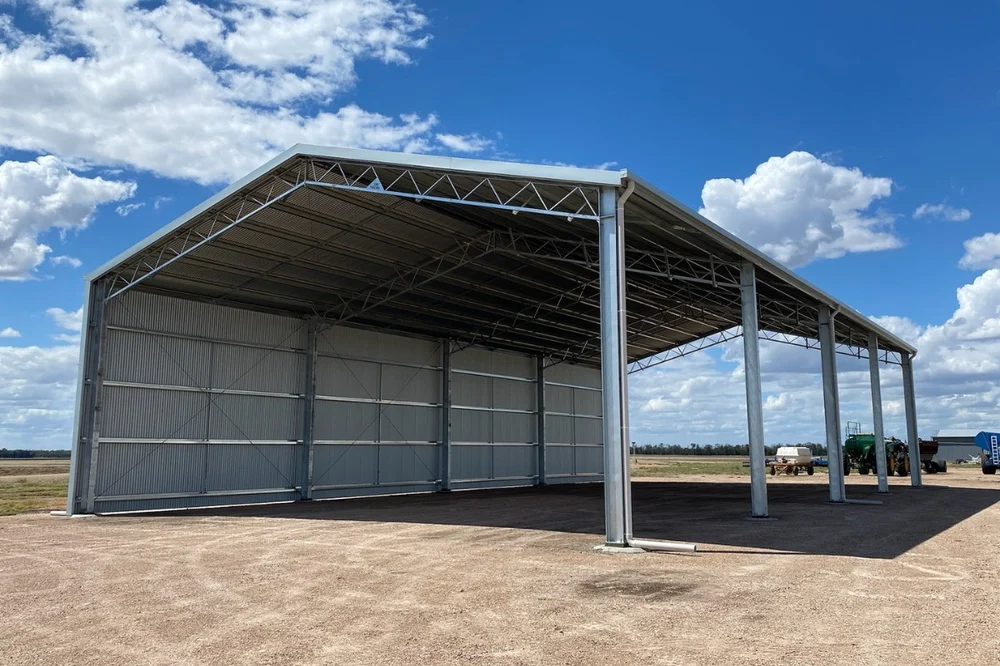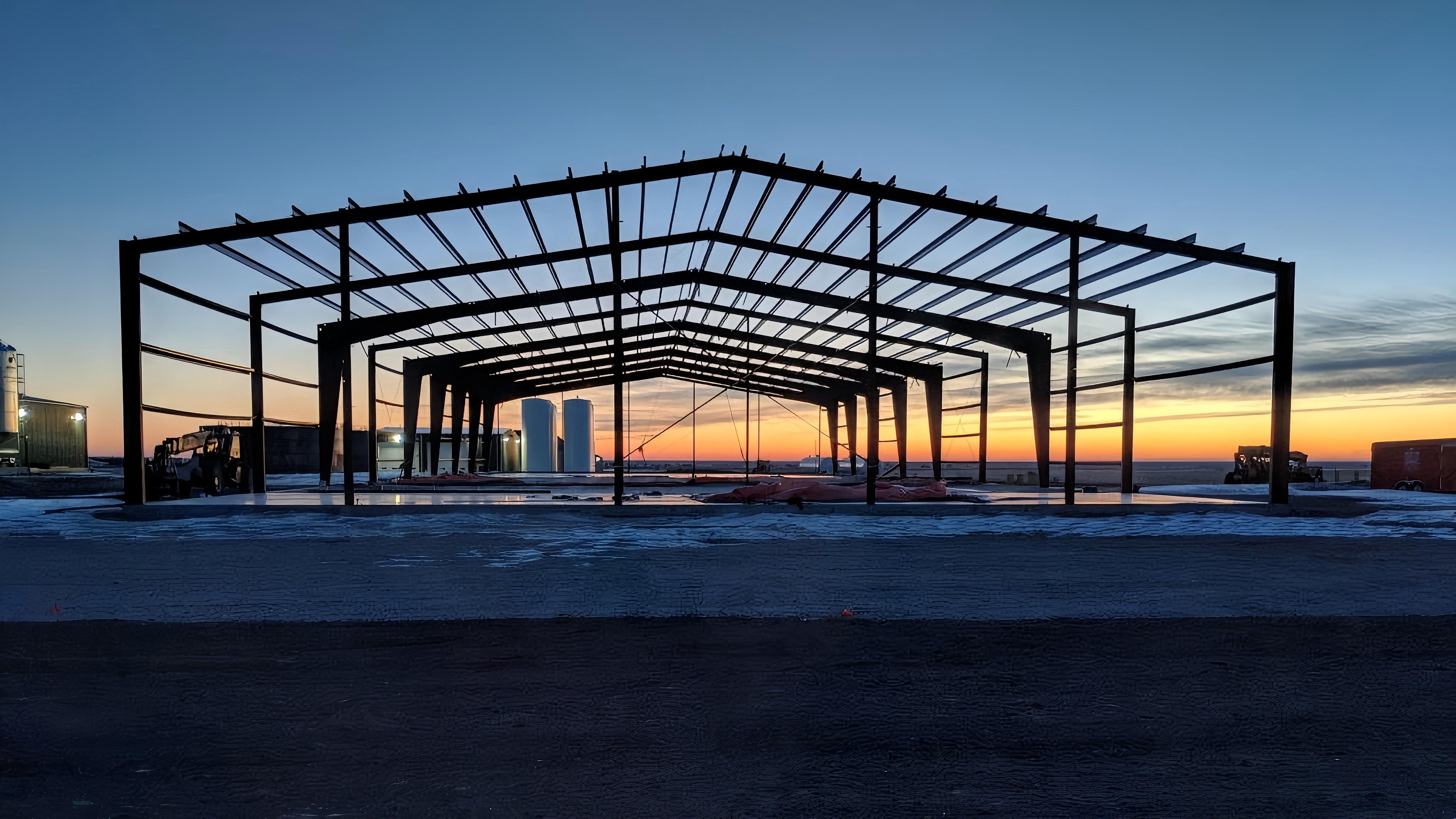- PRODUCT CENTER -
Leave A Message
Product Parameters

Here’s a clear breakdown of the four key steel structural elements, their roles, and differences:
1. Steel Columns
Function: Vertical load-bearing members that transfer loads from beams/girders to foundations.
Types:
H-Section (Wide-flange): Most common, resists bending in both axes
Tube/Hollow Section: For axial loads, better torsional resistance
Built-Up: Custom plates/welded sections for heavy loads
Key Properties:High compressive strength
Slenderness ratio (KL/r) critical for buckling resistance
Fireproofing often required
2. Steel Beams
Function: Horizontal members supporting floors/roofs, transferring loads to columns.
Common Types:
Bending capacity (Moment of Inertia, Iₓ)
Deflection limits (L/360 for floors)
Composite action with concrete decks
3. Steel Girders
Function: Primary horizontal members supporting beams or direct loads (heavier than beams).
Key Differences vs. Beams:
Plate Girders: Custom-built welded I-sections for bridges
Box Girders: Closed sections for torsion resistance
4. Steel Bracing
Function: Provides lateral stability against wind/earthquakes by forming triangular rigidity.
Common Systems:
Slender members designed for tension-only
Buckling resistance in compression
Gusset plate connections critical
Comparison Table
Key Engineering Insights
Columns/Beams: Governed by AISC 360 (US) or Eurocode 3 (EU)
Girders: Often require stiffeners to prevent web buckling
Bracing: Reduces lateral drift by 30-50% in tall buildings
Material Savings: Hollow sections use 20% less steel than open sections for same load
Would you like details on connection types (moment vs. pinned) or cost comparisons?
Common Steel Materials in the Building Industry
Steel is the backbone of modern construction due to its strength, durability, and versatility. Below are the most widely used steel materials in the building industry, along with their properties and applications.
1. Carbon Steel (Mild Steel)
Grades: ASTM A36, A572, S235JR, S355JR
Properties:
Low carbon content (0.05–0.25%) – Good weldability and ductility
Yield strength: 250–400 MPa (36–58 ksi)
Affordable and widely available
Applications:
Structural beams, columns, and frames
Reinforcing bars (rebar)
Light industrial buildings
Limitations:
Prone to corrosion (requires coatings)
Lower strength compared to high-strength steels
2. High-Strength Low-Alloy (HSLA) Steel
Grades: ASTM A572 (Gr 50), A992, S460
Properties:
Higher strength (yield: 345–550 MPa / 50–80 ksi)
Improved corrosion resistance (small alloy additions like Cu, Ni, Cr)
Better toughness at low temperatures
Applications:
High-rise buildings
Long-span bridges
Heavy industrial structures
Advantages over mild steel:
Lighter weight (reduces material usage)
Better fatigue resistance
3. Weathering Steel (Corten Steel)
Grades: ASTM A588, A606, A847
Properties:
Forms a protective rust layer (no painting needed)
Yield strength: 345–485 MPa (50–70 ksi)
Alloying elements: Cu, Cr, Ni, P
Applications:
Architectural facades
Bridges (e.g., Chicago’s Corten-clad bridges)
Outdoor sculptures
Limitations:
Not suitable for coastal areas (salt accelerates corrosion)
Initial cost higher than mild steel
4. Stainless Steel
Grades: 304, 316, Duplex (2205)
Properties:
High corrosion resistance (10–30% chromium)
Yield strength: 205–550 MPa (30–80 ksi)
Aesthetic appeal (polished/matte finishes)
Applications:
Cladding & roofing (e.g., Sydney Opera House)
Handrails & architectural features
Chemical plants & coastal structures (316 grade)
Disadvantages:
Expensive (3–5x carbon steel cost)
Lower stiffness than carbon steel
5. Quenched & Tempered (Q&T) Steel
Grades: ASTM A514, A709 (Gr 100)
Properties:
Ultra-high strength (690–890 MPa / 100–130 ksi yield)
Heat-treated for toughness
Used in critical connections
Applications:
Heavy crane girders
Military/defense structures
High-load bridge components
Limitations:
Difficult to weld (preheating required)
Brittle if improperly treated
6. Structural Hollow Sections (SHS/RHS/CHS)
Grades: ASTM A500, A1085, EN 10210
Properties:
Square (SHS), Rectangular (RHS), or Circular (CHS) tubing
High torsional resistance
Aesthetic and efficient for compression/tension
Applications:
Space frames & trusses
Architectural columns (exposed steel)
Offshore platforms
Advantages:
20–30% lighter than open sections (I-beams)
Cleaner appearance (no sharp edges)
7. Rebar (Reinforcing Steel)
Grades: ASTM A615 (Gr 60), A706 (Weldable)
Properties:
Ribbed surface for concrete bonding
Yield strength: 420 MPa (60 ksi) standard
Ductile for seismic zones (A706)
Applications:
Concrete-encased columns
Foundations & slabs
Seismic-resistant structures
Corrosion Protection:
Epoxy coating (for harsh environments)
Galvanized or stainless rebar (marine use)
Comparison Table
Selection Guide
Budget project? → Carbon steel (A36/A572)
Need high strength? → HSLA (A992) or Q&T (A514)
Corrosive environment? → Stainless (316) or weathering steel (A588)
Aesthetic exposed steel? → Hollow sections or Corten steel
Packaging and Transportation
Instruments and Equipment
FAQ
Q: How can I get a quote for my project?
Q: How long can I get the price?
Q: Can we visit your factory?
Q: Do you provide customized product services?
Q: Where is the loading port?
Q: How to package the product?
Q: What if I have no import experience?
Q: Can you provide on-site installation service?
Q: How long is the delivery time?
Q: What is your payment terms?
Q: How can I place an order if my trial order does not reach your MOQ?
Q: How do you control product quality?
Contact Us
RELATED PRODUCTS
TOUCH WITH US


